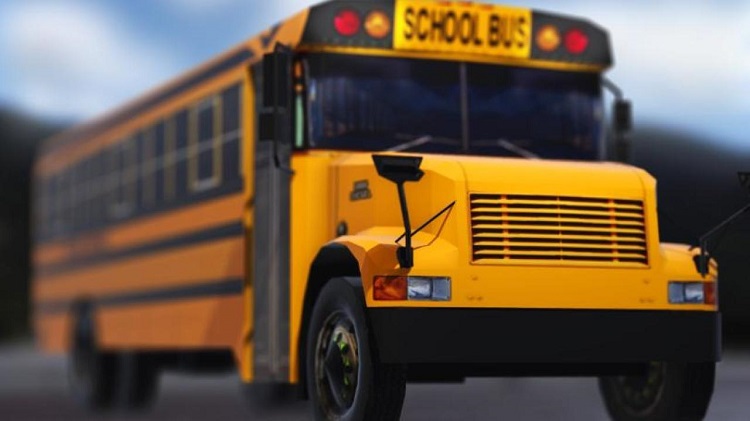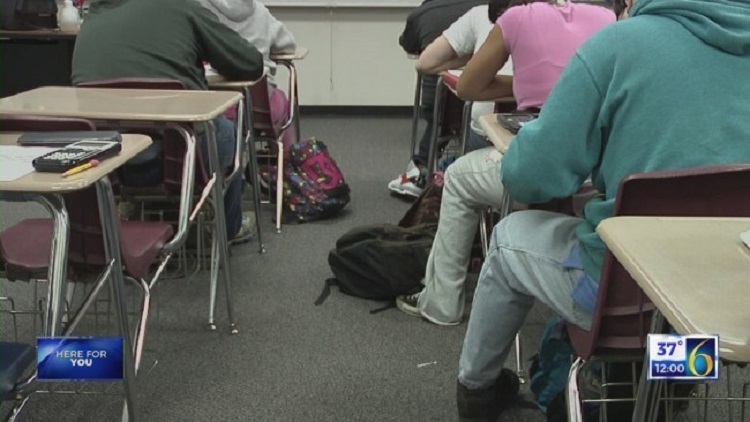Watch the video below to learn more about this issue.
[rumble video_id=v58su5 domain_id=u7nb2]
For a student, even when nothing else is going on in one’s life, school life can already be quite a challenge. Sure, it’s a place where you can meet a lot of friends but with all the homework, exams, and other school activities going on, it’s safe to say that any student who is serious about doing well in school pretty much has his/her hands full most of the time.
But if you add homelessness to the equation, then the difficulty goes up exponentially. It’s already hard enough studying when you have a place to stay but not knowing where you’ll be sleeping next just adds too much mental stress. But if people thought bullying was more of a concern in school, for three school districts in Michigan, the unfortunate truth is that a lot of students need to deal with homelessness instead.
Charlotte, Eaton Rapids, and Holt Schools have expressed concerns because they have the highest number of homeless students in Michigan. Being homeless doesn’t mean that the students are living on the street but administrators admit that the situation affects their education.
Lauren Leeds, a spokesperson for the Michigan Center for Educational Performance and Information, explained, “The five-year trend for all three of those school districts is trending down with both the count and the percentage of students of the enrollment population who are considered to be homeless.”
Any student that lacks an established, regular and suitable nighttime residence is classified as homeless.
“That could be students who are living on the street, a homeless shelter, a hotel with mom and dad, families that have had to temporarily move in with a family member, it’s not just students that are living on the street,” said Leeds.
And not being able to live consistently in one place does have an effect on the graduation rate of homeless students.
“We definitely are concerned, we had around 15 students that did not live at home, and lived with friends,” said Eaton Rapids Public Schools Superintendent Bill DeFrance. “If kids are living in a situation when they’re not living with parents or guardians it’s a little more unstable.”
The Charlotte and Eaton Rapids school districts house teen centers that assist kids who may have issues at home. According to DeFrance, those places are crucial in developing positive relationships between students and adults.
“In Eaton Rapids, the teen center is getting somewhere between 30 and 40 students a day from right after school to about six at night so I think that’s great.”
The graduation rate of homeless high school students is at 57% compared to the overall average in Michigan of 79%. Of those students who are classified as homeless, 20% end up dropping out.




